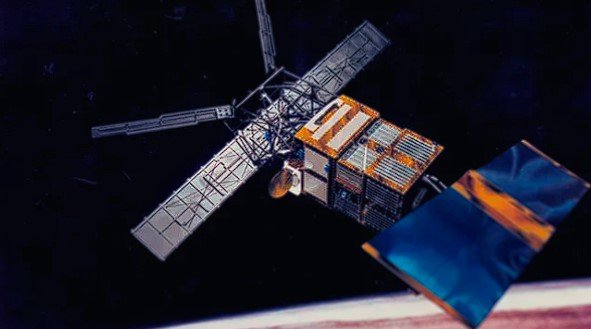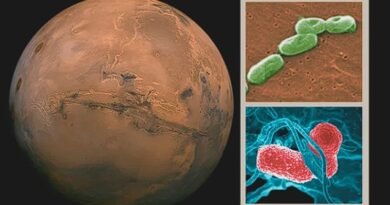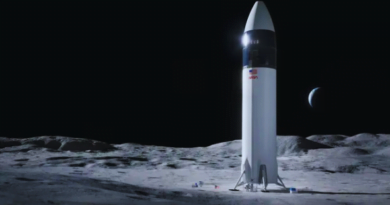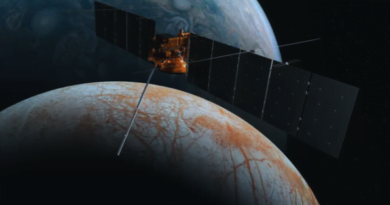Climate Satellite ERS-2 Burns Up Over Pacific Ocean After 30 Years in Orbit

ERS-2 climate satellite, which spent three decades in orbit before burning up during an uncontrolled reentry over the Pacific Ocean, marking the conclusion of its remarkable journey in space.
Europe’s ERS-2 climate satellite, weighing 5,050 pounds (2,290 kilograms), has undergone an uncontrolled reentry over the Pacific Ocean after orbiting for 30 years. The defunct satellite reentered Earth’s atmosphere at 12:17 p.m. ET (5:17 p.m. GMT) on Wednesday, Feb. 21, disintegrating over the North Pacific Ocean, midway between Alaska and Hawaii. Fortunately, no reports of damage from falling debris have surfaced.
Having served from its launch in 1995 until retirement in 2011, the ERS-2 satellite was dedicated to studying Earth’s climate. Despite its considerable size, the satellite’s reentry poses negligible risk to life or property on the ground, as most space debris pieces that reenter the atmosphere are smaller than 3.2 feet (1 meter) in diameter.
The controlled deorbiting of ERS-2 commenced in 2011, gradually lowering its orbit to prevent collisions with operational satellites. However, in January of this year, the satellite’s descent accelerated significantly, reaching speeds exceeding 6 miles (10 km) daily.
ERS-2, a pinnacle of Earth observation technology in its prime, furnished scientists with vital insights into climate dynamics, atmospheric chemistry, ocean behavior, and human-induced environmental impacts. Mirko Albani, head of ESA’s Heritage Space Programme, has lauded its contributions.
The event highlights the growing concern surrounding space debris. Recent years have seen high-profile instances of falling debris, such as China’s Long March 5B boosters and SpaceX rockets, causing concern over the safety of space infrastructure and the proliferation of light pollution in the night sky.
Efforts to track space debris are ongoing, but challenges persist due to the sheer volume of objects in orbit. Beyond their immediate risks, space junk also contributes to light pollution and threatens space missions, including the International Space Station.








